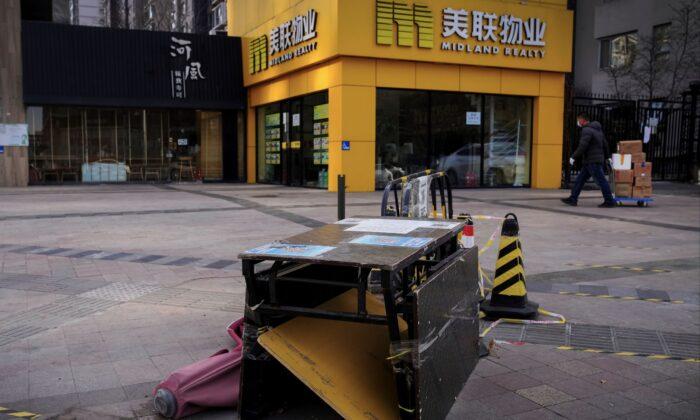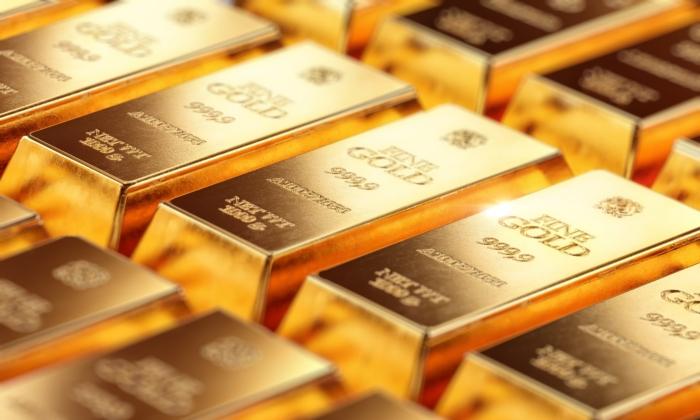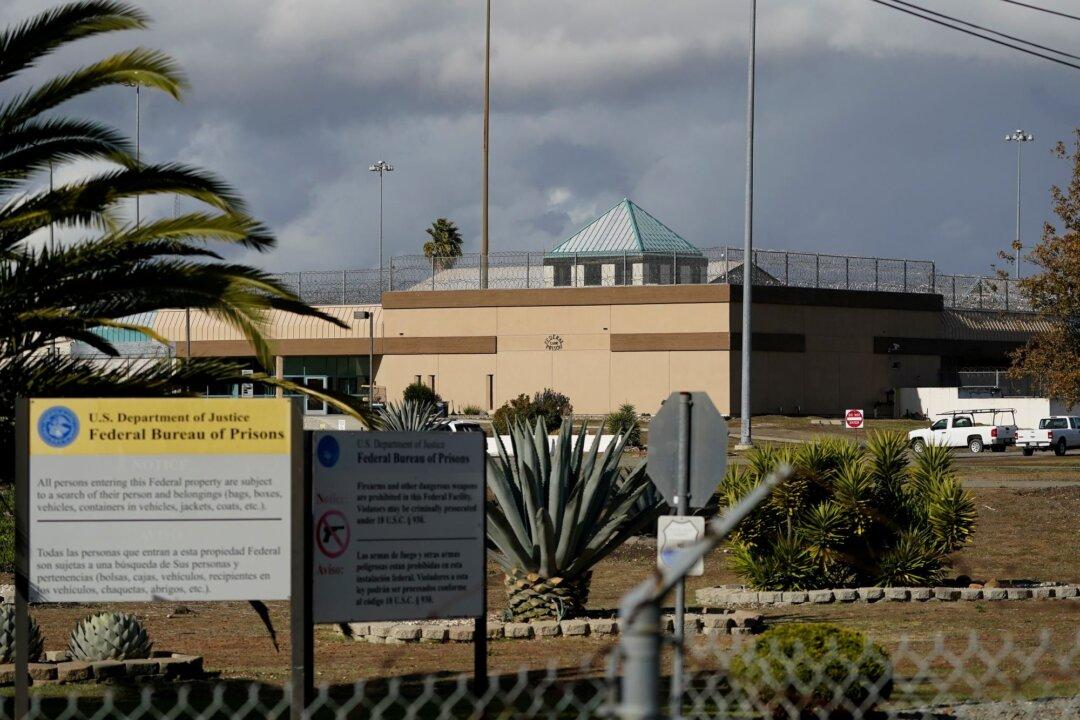BEIJING—China’s imports and exports shrank in November under pressure from weakening global demand and anti-virus controls at home.
Exports sank 9 percent from a year ago to $296.1 billion, worsening from October’s 0.9 percent decline, customs data showed Wednesday. Imports fell 10.9 percent to $226.2 billion, down from the previous month’s 0.7 percent retreat in a sign of a deepening Chinese economic slowdown.
The country’s global trade surplus narrowed by 2.5 percent from a year earlier to $69.9 billion.
Trade had been forecast to weaken as global demand cooled following interest rate hikes by the Federal Reserve and central banks in Europe and Asia to rein in surging inflation.
Chinese consumer demand has been hurt by a “zero-COVID” policy that shuts down large sections of cities to contain virus outbreaks. That has disrupted business and confined millions of people to their homes for weeks at a time.
Consumer spending contracted in October and factory activity weakened as anti-virus controls following a rise in infections weighed on the economy.
Retail sales sank 0.5 percent compared with a year earlier, down from September’s 2.5 percent expansion, as millions of people were confined to their homes, official data showed Tuesday. Growth in factory output decelerated to 5 percent from the previous month’s 6.3 percent.
The performance was even weaker than expected by forecasters who said activity would cool as the Chinese regime’s anti-virus controls and interest rate hikes by the U.S. Federal Reserve and other central banks weighed on global activity.
“November is shaping up to be even worse,” said Zichun Huang of Capital Economics in a report.
Chinese economic growth rebounded to 3.9 percent over a year earlier in the three months ending in September from the first half’s 2.2 percent, but economists say activity already was cooling. They have cut forecasts of annual growth to as low as 3 percent, which would be among the weakest in decades.
Exports to the United States fell 25.4 percent from a year earlier to $40.8 billion while imports of American goods sank 7.3 percent to $16.5 billion. The politically sensitive surplus with the United States narrowed by 34.1 percent to $24.3 billion.
Imports from Russia, mostly oil and gas, rose 28 percent from a year earlier to $10.5 billion. Exports to Russia gained 18.5 percent to $7.7 billion.
Washington, Europe, and Japan are cutting purchases of Russian oil and gas to punish President Vladimir Putin’s government for its attack on Ukraine, but their sanctions don’t prevent China, India or other countries from buying its exports.
Beijing is buying more to take advantage of Russian discounts. That irks Washington and its allies by topping up the Kremlin’s cash flow. U.S. President Joe Biden has warned Chinese leader Xi Jinping against helping Putin evade sanctions.
Xi said in a letter to a business conference this month that China, one of the biggest buyers of Russian oil and gas, is ready to “forge closer partnership” with Moscow in energy, according to the state-run Xinhua News Agency. It gave no details.






Friends Read Free